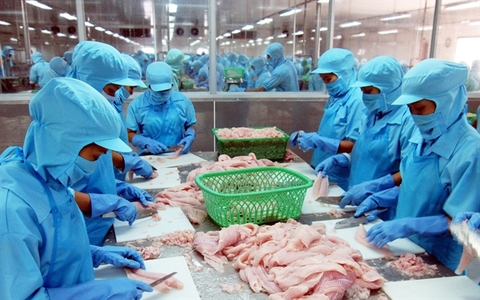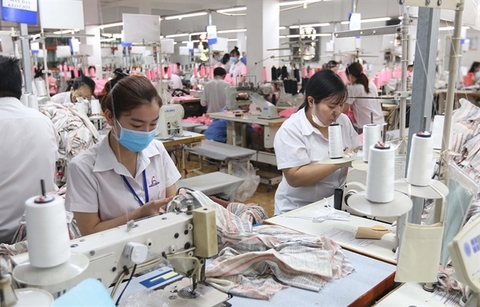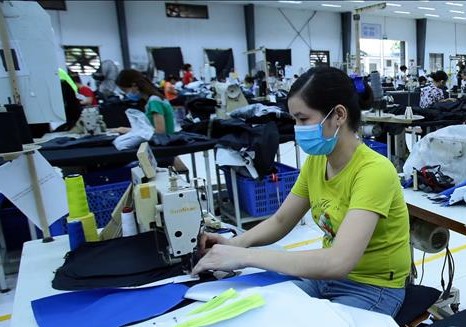World Bank’s new strategy can help Vietnam scale up solar power capacity
World Bank’s new strategy can help Vietnam scale up solar power capacity
New approaches will enable Vietnam to raise its solar capacity multiple times in the next decade.
The World Bank’s new approaches to bidding and deployment for solar projects could boost Vietnam’s solar generation capacity from the current 4.5 gigawatts to the tens of gigawatts range in ten years.

Solar power capacity in Vietnam is likely to increase multiple times in next ten years
|
The World Bank’s Vietnam Solar Competitive Bidding Strategy and Framework report recommends two new deployment schemes for projects: Competitive bidding for solar parks, and ‘substation-based bidding’ — competitive bidding based on available capacity at electrical substations.
These approaches would address the curtailment issue as well as improve risk allocation between public and private investors.
The first pilot tenders — 500 megawatts (MW) for substation-based bidding and another 500 MW for ground-mounted solar parks — are being planned for later in 2020 with the technical and financial support of the World Bank.
Such approaches in the report, which is supported by the Global Infrastructure Facility (GIF) and the World Bank’s Energy Sector Management Assistance Program (ESMAP), could also create thousands of new jobs in the Southeast Asian country.
The report estimates that solar generation capacity in Vietnam could generate as many as 25,000 new jobs in project development, services and operations and maintenance annually through 2030 and another 20,000 jobs in manufacturing once Vietnam maintains its current share of the global solar equipment market.
Beyond the new approaches to competitive bidding, the report recommends setting yearly and medium-term solar deployment targets and revisions to the legal framework covering the competitive selection of independent power producers.

Ousmane Dione, World Bank Country Director for Vietnam. Photo: Nhadautu
|
Necessity of the report
The report comes as Vietnam is considering moving from a feed-in-tariff (FIT) policy to a competitive bidding scheme for solar projects to reduce the cost of solar generation. The FIT has been successful in recent years, spurring the fast deployment of projects at a time when Vietnam has also become a world leader in solar module manufacturing.
However, this success has also given rise to new issues, including curtailment — or underuse of solar generation capacity.
“The World Bank is fully committed to helping Vietnam achieve its sustainable energy ambitions,” said Ousmane Dione, World Bank country director for Vietnam. “We expect that this new strategy will open up a new chapter in Vietnam’s already successful solar power expansion.”
With the support of the World Bank, the Government of Vietnam is designing the program based on the present strategy developed with input from several ministries, the private sector, and development partners.
In fact, the deployment of new solar generation will be a critical factor for the Government of Vietnam to meet its Nationally Determined Contribution (NDC) climate change target and reduce its need for new coal generation.
Hoang Tien Dung, feneral director of Electricity and Renewable Energy Authority (EREA) under the Ministry of Industry and Trade (MOIT), said: “In particular, the World Bank’s support to the Government’s effort in shifting from FIT to a competitive bidding mechanism for solar PV could be applied for other types of renewable energy in the future. It contributes to the sustainable and transparent development of renewable energy in Vietnam by harmonizing the interests of private investors, the government and customers.”


















